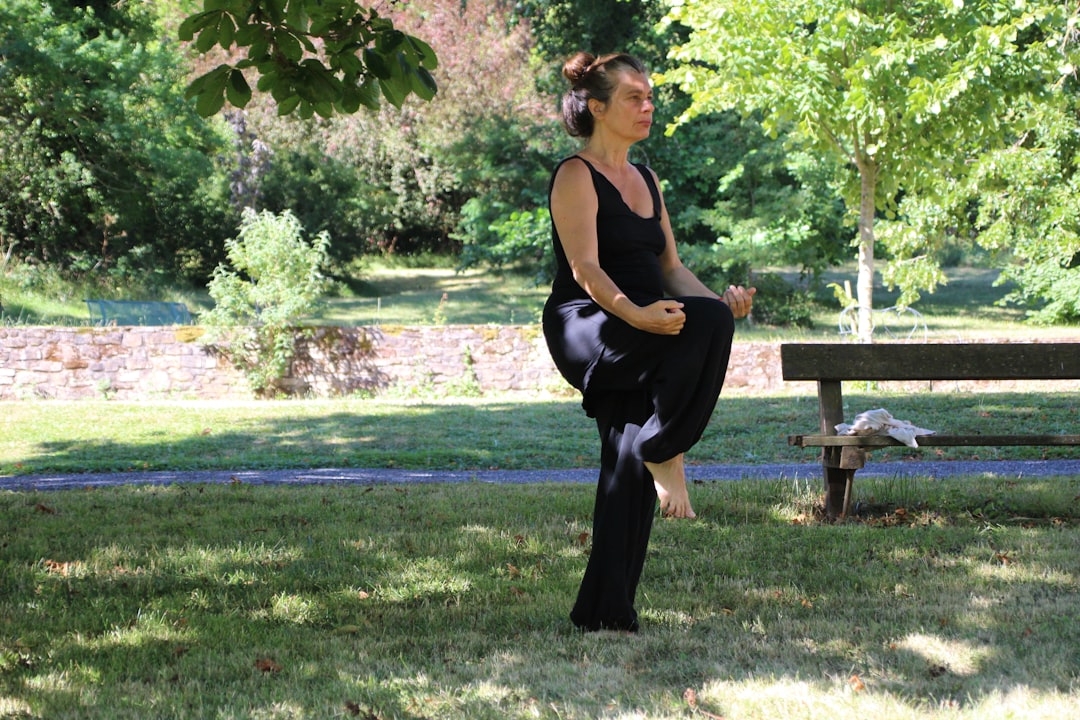Starting a meditation practice doesn't require hours of commitment or years of training. In fact, a simple 5 minute meditation can be the perfect gateway into mindfulness, offering immediate benefits while fitting seamlessly into even the busiest schedules. I remember when I first began meditating, the thought of sitting still for 20 or 30 minutes felt overwhelming. But those first five-minute sessions? They were manageable, enlightening, and surprisingly transformative.
Many people think meditation requires perfect silence, complete stillness, and an empty mind. The truth is far more accessible. Five minutes is enough time to reset your nervous system, gain clarity, and develop the foundational skills that make meditation a sustainable practice. Whether you're dealing with stress, seeking better focus, or simply curious about mindfulness, this quick start guide will show you exactly how to begin.
Why 5 Minutes Is the Perfect Starting Point
When I started my meditation journey, I made the classic mistake of trying to meditate for 20 minutes right away. I'd sit there, fidgeting and checking the clock every few minutes, feeling like a failure when my mind wandered constantly. It wasn't until I scaled back to just five minutes that everything clicked.
Five minutes is long enough to experience the benefits of meditation but short enough to avoid the mental resistance that longer sessions can create. Research shows that even brief meditation sessions can reduce cortisol levels, improve attention, and activate the parasympathetic nervous system. More importantly, a 5 minute meditation builds the habit without creating the overwhelm that causes most people to quit.
This duration also fits naturally into existing routines. You can practice morning meditation before your day begins, take a midday reset, or use it as a transition between work and home life. The key is consistency over duration – five minutes daily beats an hour once a week every time.
Building Confidence Through Success
Short sessions create a positive feedback loop. When you successfully complete a 5 minute meditation, your brain registers it as an accomplishment. This success builds confidence and motivation to continue, rather than the frustration that comes from struggling through longer sessions before you're ready.
Setting Up Your 5-Minute Practice
The beauty of brief meditation lies in its simplicity. You don't need special equipment, apps, or even complete silence. I've had profound 5 minute meditation sessions on park benches, in my car, and even in bathroom stalls during busy workdays. The external environment matters less than your internal commitment.
Choose a consistent time that works with your schedule. Many people find success with evening meditation or incorporating it into their morning routine. The timing matters less than the consistency – your brain will begin to anticipate and prepare for this daily reset.
Essential Setup Elements
Find a position where you can remain alert but comfortable. This might be sitting in a chair with your feet on the floor, cross-legged on a cushion, or even lying down if you're using meditation for relaxation. The goal is stability without strain.
If you're concerned about timing, set a gentle alarm or use a meditation timer with soft chimes. This removes the need to check the clock and allows you to fully immerse in the experience.
Consider your environment thoughtfully but don't let imperfection stop you. While a quiet space is ideal, learning to meditate with background noise actually builds stronger concentration skills. Some of my most memorable sessions happened in less-than-perfect conditions.
Step-by-Step 5-Minute Meditation Guide
This basic framework has served me well for years and forms the foundation for most meditation styles. The beauty of starting with fundamental techniques is that they're universally applicable and immediately accessible.
Minutes 1-2: Settling and Awareness
Begin by taking three conscious breaths. Not special breathing, just noticing that you're breathing. Let your body settle into whatever position feels sustainable for the next few minutes. This isn't about perfect posture – it's about finding your personal balance between alertness and comfort.
Notice what's present right now. What sounds do you hear? What physical sensations are most obvious? This isn't about judging or changing anything, just acknowledging what's here. Think of yourself as a curious observer of your current experience.
Minutes 2-4: Breath Focus
Shift your attention to your breath without trying to control it. You might notice the air moving through your nostrils, your chest rising and falling, or your belly expanding and contracting. Choose whatever feels most natural and use it as your anchor.
When your mind wanders – and it will – simply notice where it went and gently return to the breath. This isn't a failure; it's the practice. Each time you notice distraction and return your attention, you're strengthening your mindfulness muscles.
Minute 5: Integration and Closing
In the final minute, expand your awareness beyond the breath. Notice your whole body, the sounds around you, and the general sense of having taken this time for yourself. Before opening your eyes, set a brief intention for carrying this sense of presence into your day.
Take a moment to appreciate that you've just completed a meditation session. This positive acknowledgment reinforces the habit and builds motivation for tomorrow's practice.
Common Beginner Challenges and Solutions
Every meditator faces obstacles, and recognizing them as normal parts of the journey removes much of their power. In five minutes, you'll encounter many of the same challenges that arise in longer sessions, making this an excellent training ground.
The Busy Mind
The most common concern I hear is "I can't stop thinking." This misunderstands meditation's purpose – we're not trying to empty the mind but to change our relationship with thoughts. In a 5 minute meditation, you might notice dozens of thoughts. Each time you recognize thinking and return to your breath, you're succeeding.
Some days your mind will feel like a snow globe that's been shaken. Other days, it might feel calmer. Both experiences are valuable and teach different aspects of awareness. Consistency matters more than any particular state of mind.
Physical Discomfort
Five minutes isn't long enough for serious physical discomfort, but you might notice restlessness or the urge to move. This is normal and actually provides excellent material for practice. Notice the sensation, breathe with it, and decide consciously whether to adjust your position or stay put.
Remember that meditation isn't about becoming a statue. If you need to scratch an itch or shift position, do so mindfully rather than automatically. This awareness transforms necessary movements into part of the practice rather than distractions from it.
Expecting Immediate Results
While some benefits of meditation appear immediately, others develop over time. After a single 5 minute meditation, you might feel calmer, more centered, or simply proud of completing the session. These subtle shifts are significant and worth acknowledging.
The cumulative effects emerge through consistent practice. You might notice after a week that you're sleeping better or responding to stress differently. After a month, friends might comment that you seem more patient. Trust the process and let the practice unfold naturally.
Expanding Your Practice Over Time
Once 5 minute meditation becomes comfortable – usually after a few weeks of consistent practice – you can explore variations and extensions. But there's no rush. Some of the most experienced meditators I know still regularly use five-minute sessions for specific situations or busy days.
You might experiment with different types of meditation within your five-minute framework. Try loving kindness meditation one day, body scan meditation another. This variety keeps the practice fresh while building different aspects of awareness.
As your concentration strengthens, you might naturally find yourself wanting to sit longer. When this happens organically, you can extend to 7, 10, or 15 minutes. But always remember that a consistent five-minute practice trumps an inconsistent longer one.
Making It a Habit
The goal is integration, not perfection. Link your 5 minute meditation to an existing habit – after your morning coffee, before checking emails, or as part of your bedtime routine. This habit stacking makes the practice feel natural rather than forced.
Track your progress simply. A checkmark on a calendar or a note in your phone creates positive reinforcement. Celebrate small wins – a week of consistency deserves recognition.
Starting with just five minutes removes the barriers that prevent most people from beginning a meditation practice. It's accessible, immediately beneficial, and builds the foundation for a lifetime of mindfulness. The magic isn't in the duration – it's in the daily commitment to pause, breathe, and reconnect with the present moment. Your future self will thank you for taking these first five minutes.







